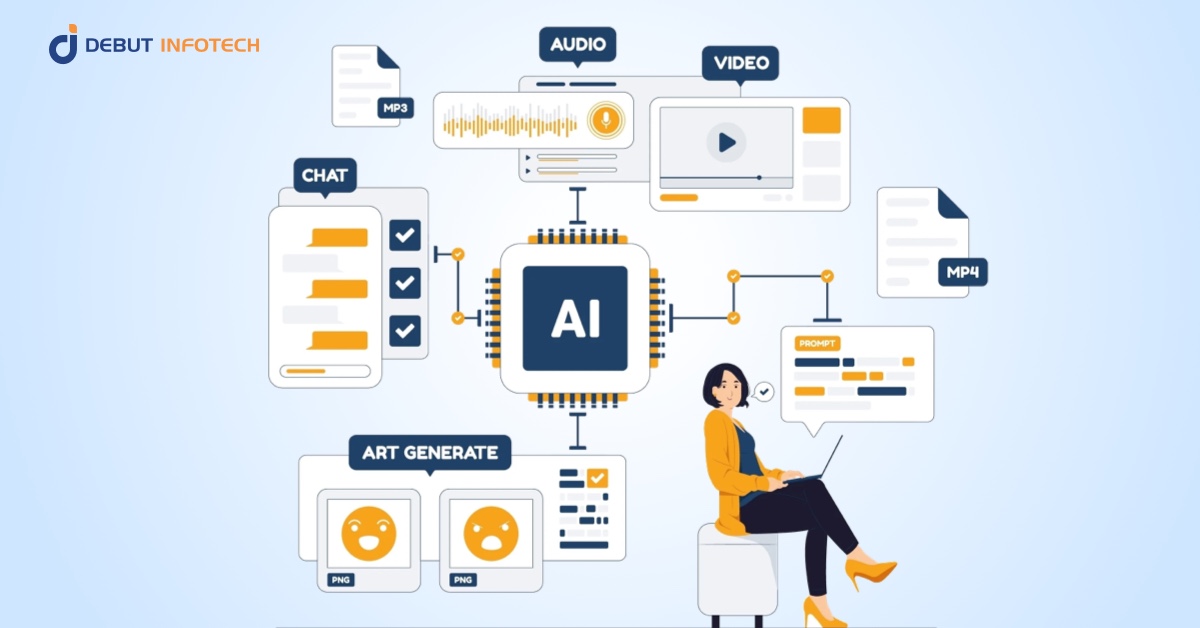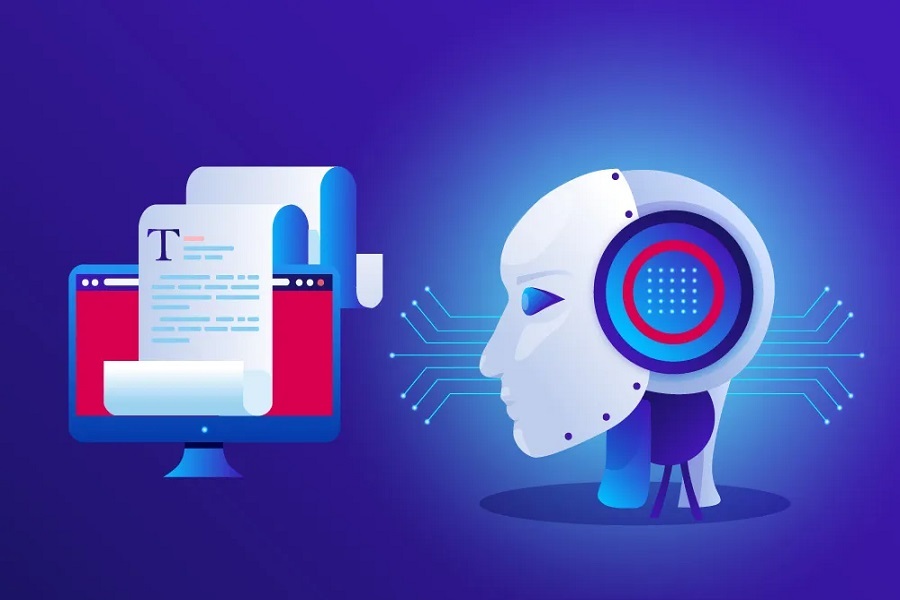One of the biggest challenges Mexicans face when it comes to managing and protecting their finances is the lack of financial education and habits such as planning and […]
Popular Posts
Trending Posts
Recent Posts
Editors Choice
The 2024 Human Development Report: Inequality, AI, and the Future of Global Progress
The 2024 Human Development Report, released this week by the United Nations Development Programme (UNDP), paints a concerning picture of the global state of progress. For the fourth […]
The Digital Transformation of Journalism in the Age of Industry 4.0: Embracing AI and Innovation
In the era of the Fourth Industrial Revolution and heightened information competition, press agencies are no longer expected to simply produce high-quality content—they are now required to create […]
Spanish Students Embrace AI with Optimism, But Concerns Persist
Spanish students are among the most optimistic in the world when it comes to the use of artificial intelligence (AI) in their academic and professional futures. According to […]
Artificial Intelligence: A Pastoral Perspective from Latin America and the Caribbean
A new publication by the Latin American and Caribbean Episcopal Council (CELAM), titled “Artificial Intelligence: A Pastoral Perspective from Latin America and the Caribbean,” seeks to guide the […]
AI-Powered Content Creation Tools in 2025
Content creation is more demanding than ever. Businesses, marketers, and creators need to produce high-quality content quickly and efficiently. This is where Artificial Intelligence (AI) content creation tools come into […]
AI Content Generation Made Easy: How to Craft Perfect Prompts for Stellar Social Media Posts
Do you want to learn how to create content with artificial intelligence? The answer lies in having a good tool to help you achieve it, like Metricool, and using […]




